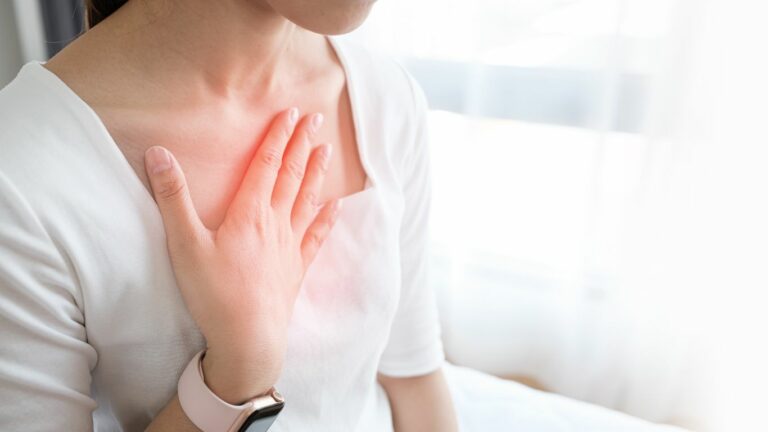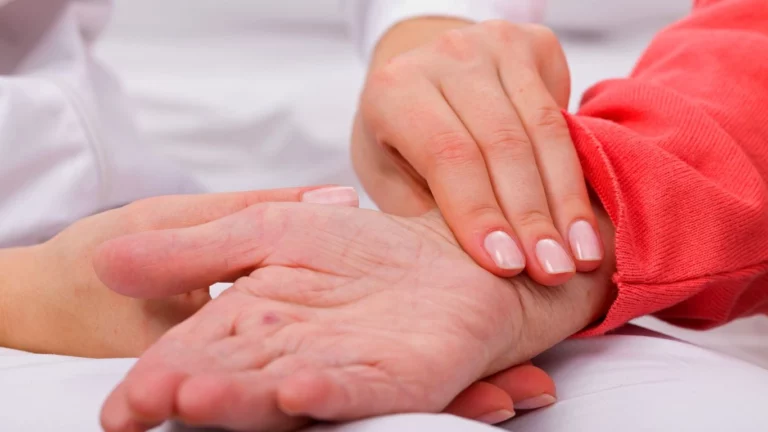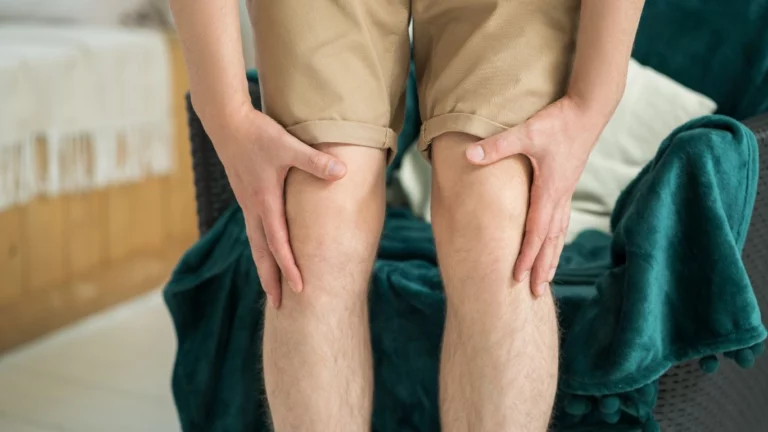Shocking Truth: How Mild Alcohol Consumption Raises Your Blood Pressure
Let’s talk about something I get asked in clinic a lot: the effects of mild alcohol consumption on blood pressure (BP). It’s one of those questions patients often bring up with a bit of a guilty smile—“Doc, is one glass of wine with dinner *really* that bad?” And honestly, I get it. We all want to enjoy life, and moderate alcohol is such a common part of social culture. But as someone who’s managed hypertension for years, I’ve seen firsthand how even “a little” can sometimes be not so harmless—especially if you already have elevated blood pressure or are at risk. Let’s dive into it, in plain terms, with just a bit of real-world clinical experience mixed in.
The Confusing Relationship Between Alcohol and Blood Pressure
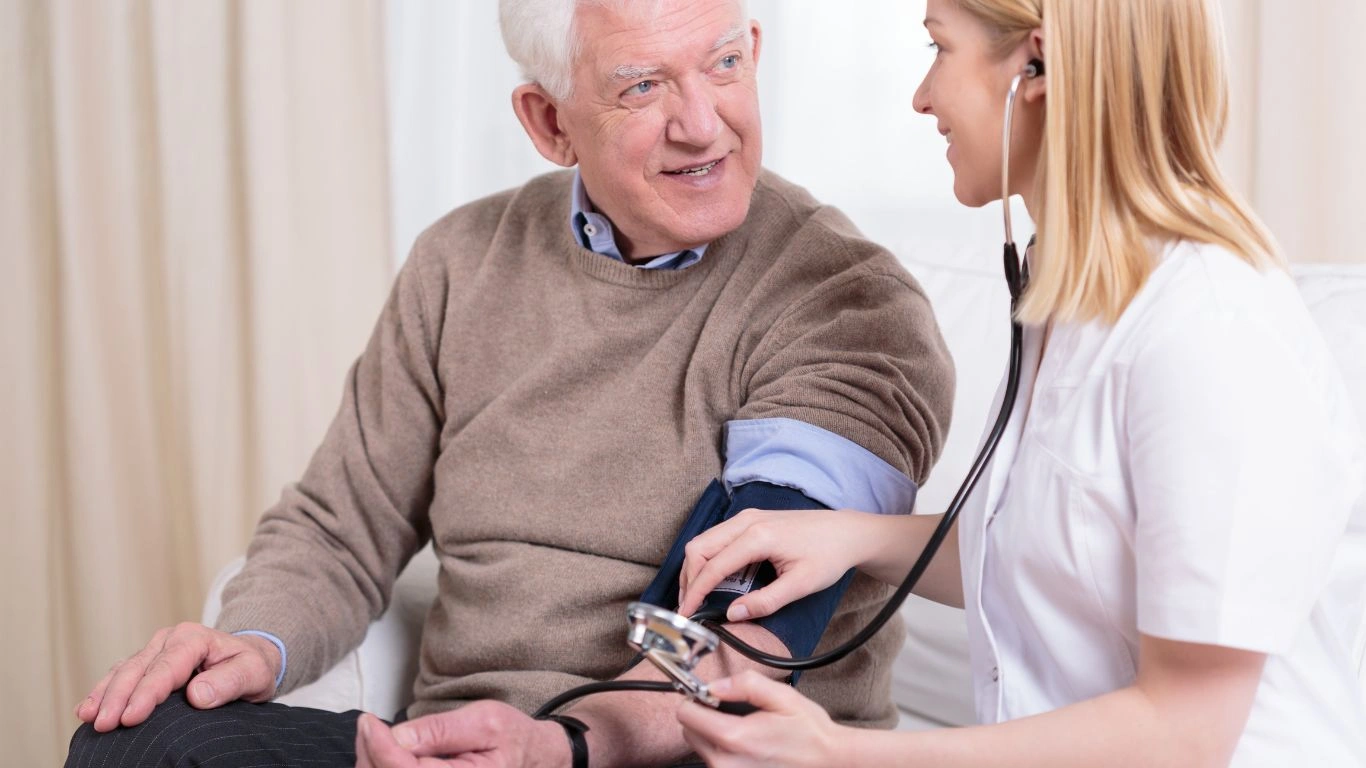
One of the trickiest parts of talking about alcohol and BP is that the relationship isn’t always straightforward. You’ll find studies suggesting that a mild amount of alcohol might be protective, especially red wine with its antioxidant properties. Then, another set of research will show even small amounts contributing to increased systolic and diastolic values. So, which is it?
In my experience, it depends heavily on the individual. Age, weight, medications, stress levels, and even the type of alcohol can all influence the outcome. But for most people with prehypertension or full-blown hypertension, *even light drinking can nudge your numbers upward over time*.
How Alcohol Affects the Cardiovascular System
Let’s break it down. Alcohol impacts your blood pressure through a few mechanisms:
- Increases sympathetic nervous system activity: That’s your “fight or flight” system. When this is ramped up, your heart beats faster and your blood vessels constrict, both of which raise BP.
- Stimulates cortisol production: Cortisol is your stress hormone, and high levels over time can contribute to chronic hypertension.
- Impairs baroreceptor reflexes: These are the sensors that help your body regulate BP moment-to-moment. Alcohol can dull their function.
- Dehydration and electrolyte imbalance: Alcohol is a diuretic, which can deplete magnesium and potassium—minerals that help keep blood pressure stable.
So while a single glass might not spike your numbers immediately, regular use—even mild—can subtly push those values up over time. I often tell patients: it’s not just about the one-off reading, it’s about the trend line across weeks and months.
What Counts as “Mild” Alcohol Consumption?
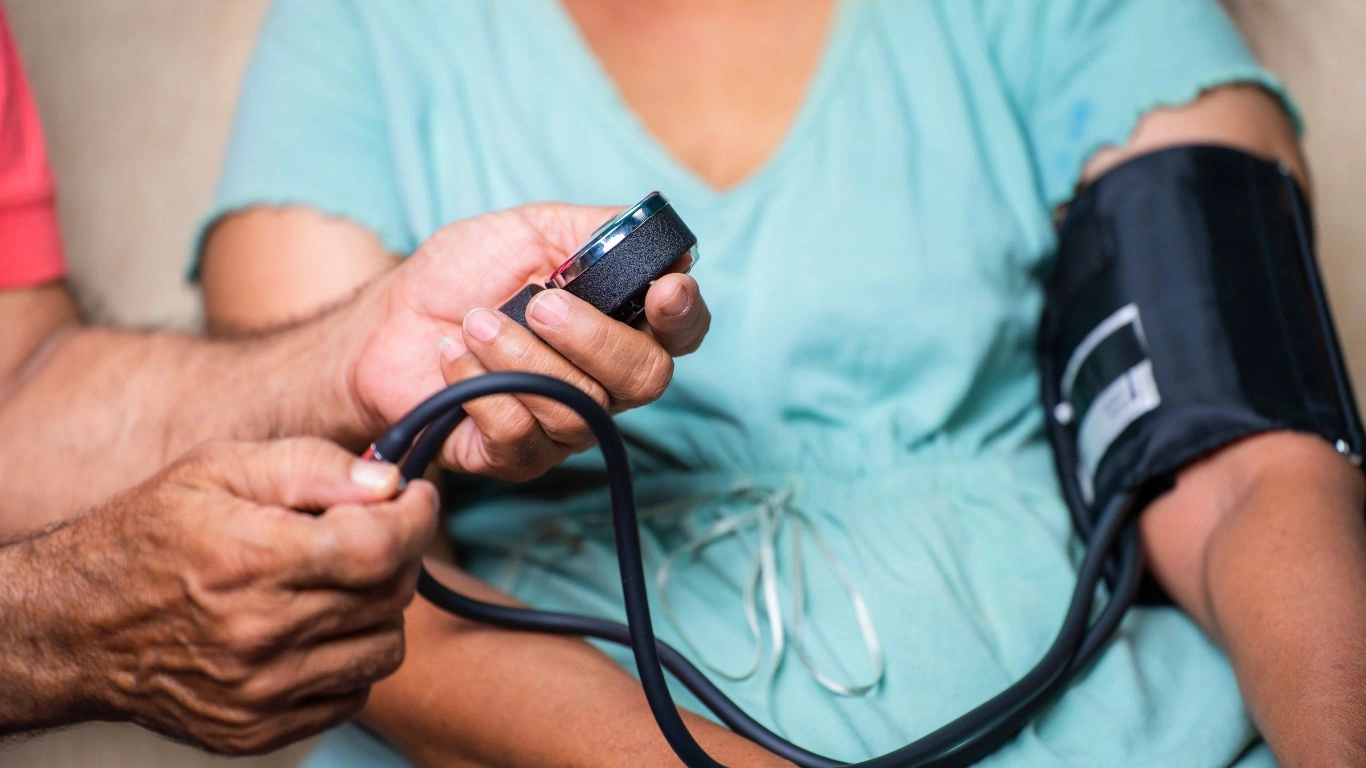
This is where things get a little murky. The general guideline defines mild or moderate drinking as:
- 1 drink per day for women
- Up to 2 drinks per day for men
But here’s where my clinical lens comes in: I’ve seen patients who stick to these limits and still have their BP edge up. Others might tolerate it better. The takeaway? These limits aren’t guarantees of safety—they’re more like general boundaries. And honestly, the definition of a “drink” can be pretty fuzzy too. A heavy pour of wine or a tall cocktail can easily double the alcohol content without people realizing it.
Different Alcohols, Different Effects?
Yes, to a degree. I’ve had patients tell me they switched from beer to red wine thinking it would help their pressure because of the resveratrol hype. While red wine does contain antioxidants, the amount is relatively small unless you’re drinking it in large (read: unhealthy) amounts. The BP impact from alcohol itself usually outweighs any minor antioxidant benefit.
Also, cocktails and mixed drinks often come with added sugars, which can further complicate BP control. So while the *type* of alcohol might slightly influence how your body responds, the total alcohol content and frequency of consumption are usually bigger factors.
Real-Life Clinical Examples and Patient Stories

One of my patients, a 58-year-old teacher, was doing all the right things—walking daily, eating a low-sodium diet, managing stress. But her BP was stubbornly hovering around 140/90. After a long chat, we realized she was having two glasses of wine with dinner most nights. She thought it was harmless, part of her “wind-down” routine. Once she cut back to two drinks a week, her systolic pressure dropped by nearly 10 points. No new meds—just one lifestyle tweak.
Another patient, mid-40s, drank just on weekends. But his idea of “mild” was 3 beers Friday and 4-5 on Saturday. He wasn’t drinking during the week, so he thought it was fine. But his BP would spike every Monday, like clockwork. After switching to a no-alcohol challenge for a month, his average BP readings improved significantly—and he ended up choosing to stick with non-alcoholic alternatives even after the experiment.
Stories like these are not rare in my practice. They’re common. And they show that *even mild alcohol consumption can have a real, measurable impact on blood pressure*, especially when it’s consistent over time.
Final Thoughts (For Now)
I’m not here to say never have a drink again. Life is meant to be enjoyed. But if you’re dealing with high blood pressure, or even just creeping into that “elevated” range, it’s worth taking a real, honest look at how alcohol fits into your daily rhythm. Sometimes it’s not about quitting entirely—it’s about being intentional, informed, and aware of how it affects your health in the long run. That one glass might be fine for someone else, but your body might tell a different story. And that’s okay.
What the Research Really Says About Mild Drinking and BP
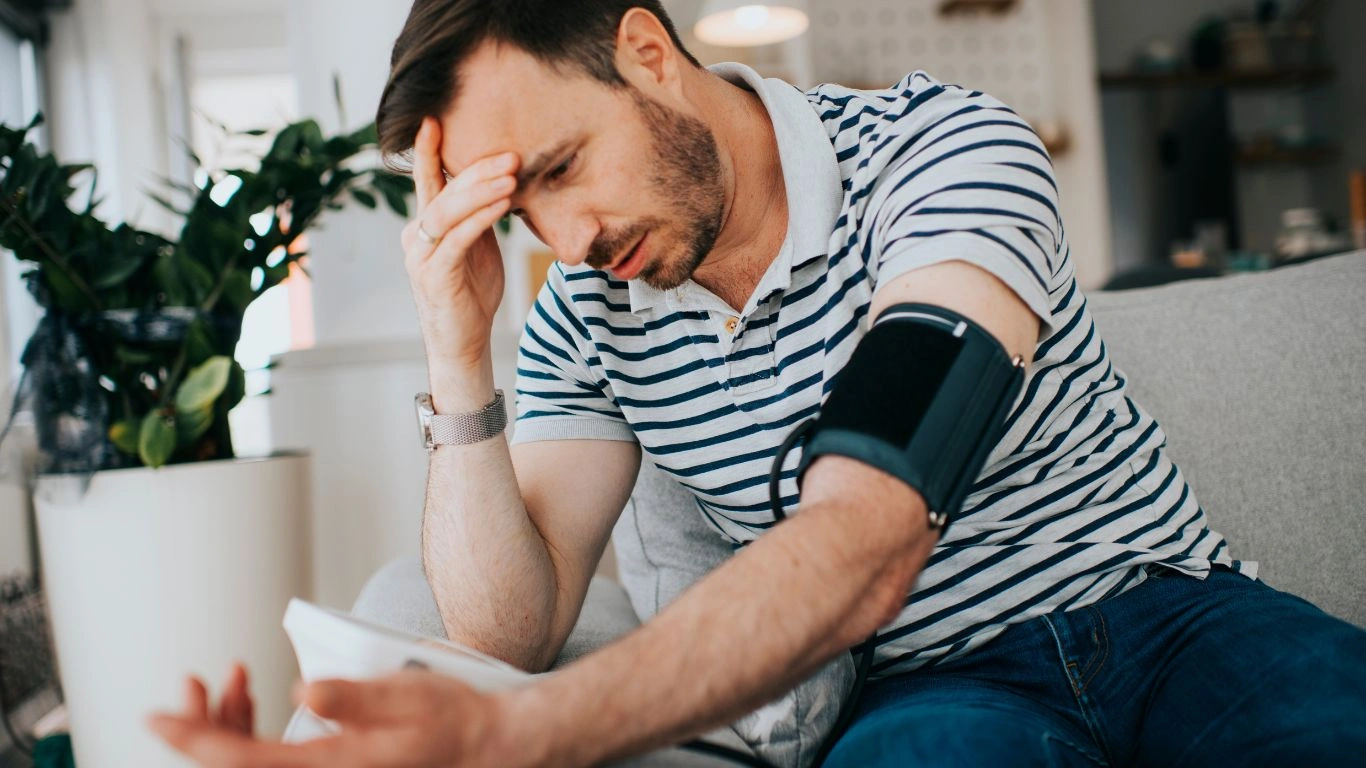
Now, if you’re a data-driven person like me, you might be wondering—what do the studies actually say about the effects of mild alcohol consumption on BP? Is there a definitive line in the sand?
Well, the answer isn’t exactly black and white. Some observational studies have suggested that low to moderate alcohol intake may have neutral or slightly protective effects on cardiovascular health, especially when compared to heavy drinking. But here’s the kicker—when you zero in on *blood pressure specifically*, even small amounts can start to raise red flags.
For instance, a meta-analysis published in *The Lancet* showed a consistent increase in systolic and diastolic blood pressure with even moderate drinking (as low as 7–13 drinks per week). And that’s not considered “heavy” by most social standards. I’ve seen this play out in real life more than once—someone thinks they’re within a safe range, but their numbers tell a different story after a few years of consistent “mild” intake.
Gender and Body Size: Not One-Size-Fits-All
One thing that’s often overlooked is how alcohol affects men and women differently, not to mention folks with varying body types. Women tend to be more sensitive to alcohol’s cardiovascular effects—even at the same blood alcohol level, the physiological impact can be more pronounced.
I’ve had female patients who were drinking the same amount as their male partners and wondering why their BP wouldn’t budge. Turns out, the same volume hits differently, both metabolically and hormonally. Estrogen, body fat distribution, and total body water content all play into how alcohol is processed. The result? A greater impact on blood pressure for the same intake.
Medication Interactions and the Hidden Risks

Here’s another thing I bring up all the time with my patients: if you’re on BP meds—and many people are—you’ve got to be extra cautious. Alcohol doesn’t just affect your blood pressure; it can interfere with your medication, too.
For example:
- Beta-blockers and alcohol both slow down the heart rate—taken together, this can sometimes cause lightheadedness or even fainting.
- ACE inhibitors can intensify the BP-lowering effect of alcohol, making some people feel dizzy or unsteady.
- Diuretics combined with alcohol (another diuretic) can dehydrate you quickly, messing with electrolytes and dropping blood pressure too low.
It’s not just about what you drink—it’s also about what else is circulating in your bloodstream. That’s why, in my practice, I always ask about alcohol use when adjusting medications. It’s easy to forget that wine with dinner might interact with the pill you took at lunch.
Alcohol as a Sleep Disruptor (And Why That Matters for BP)
This one often catches people off guard. A lot of folks think a nightcap helps them sleep—but while it might knock you out faster, the quality of sleep suffers. And that can translate into higher BP.
When alcohol disrupts REM cycles and reduces deep sleep, your sympathetic nervous system stays more active through the night. You don’t rest as deeply, your cortisol stays higher, and your blood pressure doesn’t dip the way it normally should while you sleep. Over time, this *“non-dipping” BP pattern* is linked to higher cardiovascular risk.
I’ve had multiple patients track their BP with 24-hour ambulatory monitors. And yep—those who drank regularly in the evening had a clear pattern of overnight elevations. It’s subtle but significant.
Social Pressure, Culture, and the Habit Loop
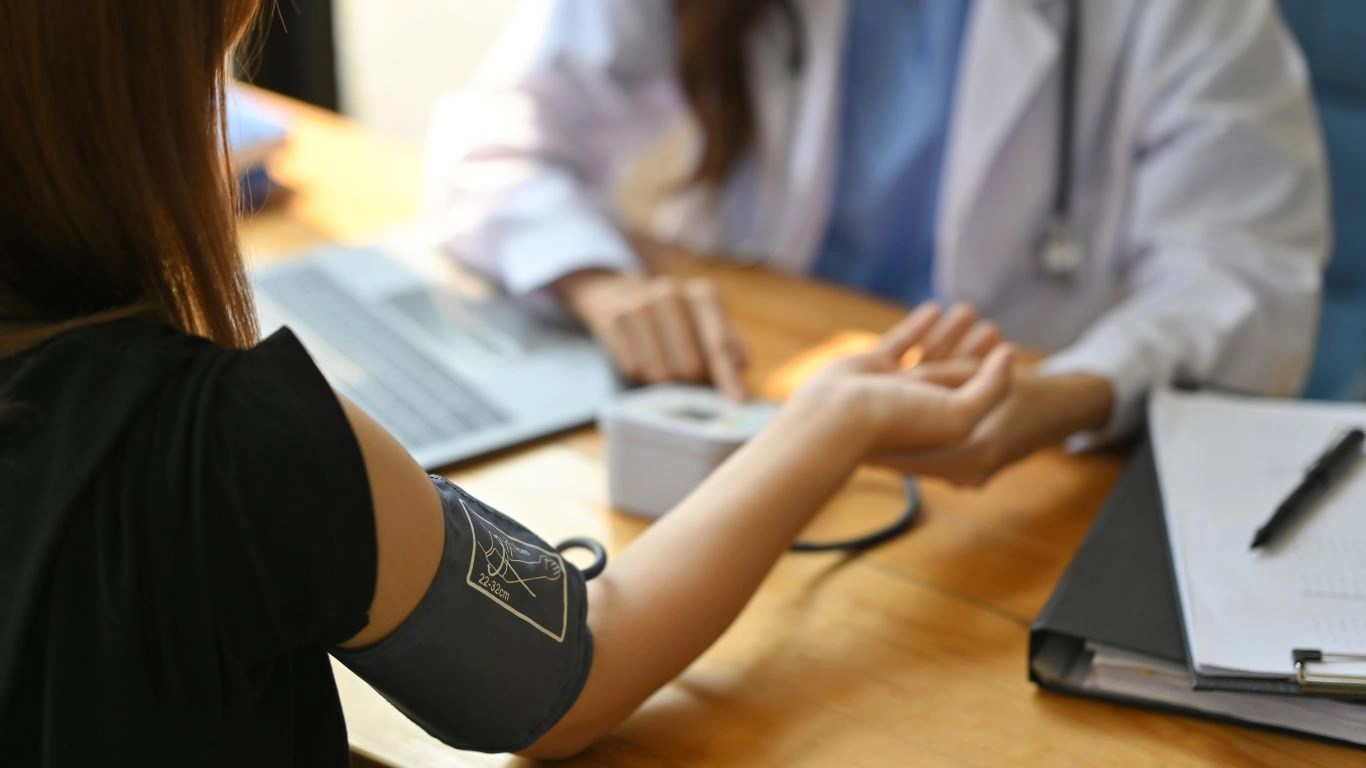
We can’t talk about mild alcohol consumption without touching on social norms and habit loops. So much of drinking is tied into relaxation, connection, and routine. It’s not just the liquid in the glass—it’s the ritual around it.
Patients often tell me they don’t even *crave* alcohol physiologically. But it’s the Friday night dinner, the wine at book club, or the beer after yardwork that’s hard to let go of. It’s emotional, not chemical. And that’s totally valid.
But here’s the thing: small changes go a long way. Swapping that daily drink with sparkling water, kombucha, or a good mocktail can help break the cycle without feeling like deprivation. I’ve had patients who were shocked at how quickly their BP dropped with just that one tweak—without needing any new prescriptions.
Short-Term Abstinence Experiments: Try It and See
I often suggest patients try a “dry month” just to see how their body responds. No pressure, no judgment—just data. Most people are surprised at how much better they sleep, how much lighter they feel, and yes, how their BP improves even in just 3–4 weeks.
One of my patients, in his early 60s, did Dry January after we had a chat about his creeping BP numbers. He was only drinking 1-2 beers a day, nothing wild. But by the end of the month, his systolic BP had dropped 12 points. His wife even said his snoring improved! It’s not always dramatic, but you never know until you try.
So What’s the Bottom Line (So Far)?
The effects of mild alcohol consumption on BP are more significant than most people think. It’s easy to overlook because the changes can be gradual, and because “mild” sounds so harmless. But whether it’s the way alcohol interacts with meds, impacts sleep, or disrupts the nervous system, it can absolutely nudge blood pressure upward in ways that add up over time.
And from what I’ve seen in my own clinic, even cutting back just a bit can unlock meaningful improvements—sometimes more than any medication. No scare tactics here, just honest conversations based on what I’ve seen time and time again.
In the next part, we’ll dig deeper into some practical strategies to reduce alcohol without sacrificing your social life—and what the latest guidelines say about long-term cardiovascular risk. But for now, consider this your friendly nudge to check in with your habits and see where you might be able to give your heart a little breather.
Practical Ways to Cut Back Without Feeling Deprived

Alright, let’s talk real-world solutions. Because knowing that the effects of mild alcohol consumption on BP can be significant is one thing—actually making changes is another. In clinic, this is where the rubber meets the road. Most of my patients don’t want to go completely sober, and I don’t pressure them to. What we focus on is small, sustainable changes that lead to big wins over time.
Here are a few strategies I’ve seen work well for my patients:
- Choose “drink-free” days: Commit to at least 3–4 days a week with zero alcohol. It gives your system time to reset and helps disrupt the habit loop.
- Limit to one drink per occasion: And be mindful of what “one drink” actually means (5 oz wine, 12 oz beer, 1.5 oz liquor).
- Switch to lower-alcohol options: Light beer, wine spritzers, or lower-ABV cocktails can reduce the total alcohol intake without sacrificing the experience.
- Use smaller glasses: Seems silly, but portion perception really matters. A big wine glass can easily double the standard pour.
- Substitute with mocktails or sparkling water: There are so many great alcohol-free options now that feel festive but don’t carry the same health baggage.
I’ve even had some patients create “mocktail stations” at home as a fun way to shift the ritual without losing the joy of winding down with a flavorful drink.
Socializing Without Alcohol: Yes, It’s Totally Possible

Let’s be honest: the hardest part about cutting back isn’t the drink itself—it’s the social part. Whether it’s family dinners, girls’ night out, or work happy hours, alcohol is woven into the fabric of how we connect. And saying “no thanks” can feel a little awkward at first.
But here’s the thing—I’ve had dozens of patients tell me that once they started being open about why they were cutting back, people were not only supportive, but curious. “Really? Your BP dropped that much?” suddenly becomes a conversation starter, not a deal-breaker.
Here are a few things that help:
- Bring your own drink: Whether it’s a fancy kombucha or a LaCroix, having something in hand makes it easier to bypass pressure.
- Practice a casual response: “Trying to take better care of my blood pressure” is a simple, no-drama answer that most people respect.
- Plan alcohol-free social outings: Coffee walks, brunches, or game nights shift the focus from drinking to connection.
And hey—if you slip up, no big deal. The goal isn’t perfection. It’s progress, awareness, and better choices over time.
How Long Before You See Changes in BP?
This is probably one of the most common questions I get when someone starts cutting back on alcohol: “How soon will I see a difference?” And honestly, it varies. Some folks see changes in as little as a week, especially if they were drinking daily. For others, it might take a few months of consistent changes to notice the full impact.
That said, here’s a general idea of what you might expect:
- Within 1–2 weeks: Improved sleep, reduced resting heart rate, and slightly lower morning BP readings.
- Within 4–6 weeks: More stable BP trends throughout the day, improved mood, better energy levels.
- After 3 months: Noticeable reductions in systolic and diastolic pressure, especially when combined with other lifestyle changes like diet and exercise.
One of my longtime patients told me, “I didn’t realize how much alcohol was holding my blood pressure hostage until I stopped.” It was like someone turned the dial down on his stress system.
Updated Guidelines and Expert Recommendations
When it comes to official guidance, organizations like the American Heart Association and CDC are clear: alcohol should be consumed in moderation, if at all, especially for those with elevated blood pressure.
They define moderation as:
- 1 drink per day for women
- 2 drinks per day for men
But it’s worth noting that recent trends are shifting. More and more experts are recommending even lower limits, particularly for individuals with cardiovascular risk factors. Some countries, like Canada, have issued new guidelines stating that no level of alcohol use is completely safe.
From a medical perspective, we’re learning that “moderation” isn’t as protective as we once thought—especially when it comes to blood pressure.
Final Thoughts and Encouragement
So, if you’ve been wondering whether your evening glass of wine could be affecting your BP, the answer is: quite possibly. But that doesn’t mean you need to overhaul your entire lifestyle overnight. It means checking in with yourself, looking at your numbers, and deciding if this is one area where a little change could yield big benefits.
In my practice, I’ve seen people avoid the need for meds—or reduce their dose—just by dialing back on alcohol. No magic, just mindfulness. And it’s empowering to know that something as simple as saying “I’ll skip it tonight” can help protect your heart, your brain, and your long-term health.
Take it one day at a time. Track your BP. Be kind to yourself. And if you ever need help figuring out the right balance, don’t hesitate to loop your doctor into the conversation. We’re here for more than just prescribing meds—we’re here to help you live better, too.
References
Disclaimer
This article is for informational purposes only and does not constitute medical advice. Always consult with a qualified healthcare provider before making changes to your alcohol intake or treatment plan. The experiences and patient stories shared here are anecdotal and meant to provide context, not replace personalized medical guidance.

Dr. Gwenna Aazee is a board-certified Internal Medicine Physician with a special focus on hypertension management, chronic disease prevention, and patient education. With years of experience in both clinical practice and medical writing, she’s passionate about turning evidence-based medicine into accessible, actionable advice. Through her work at Healthusias.com, Dr. Aazee empowers readers to take charge of their health with confidence and clarity. Off the clock, she enjoys deep dives into nutrition research, long walks with her rescue pup, and simplifying medical jargon one article at a time.

